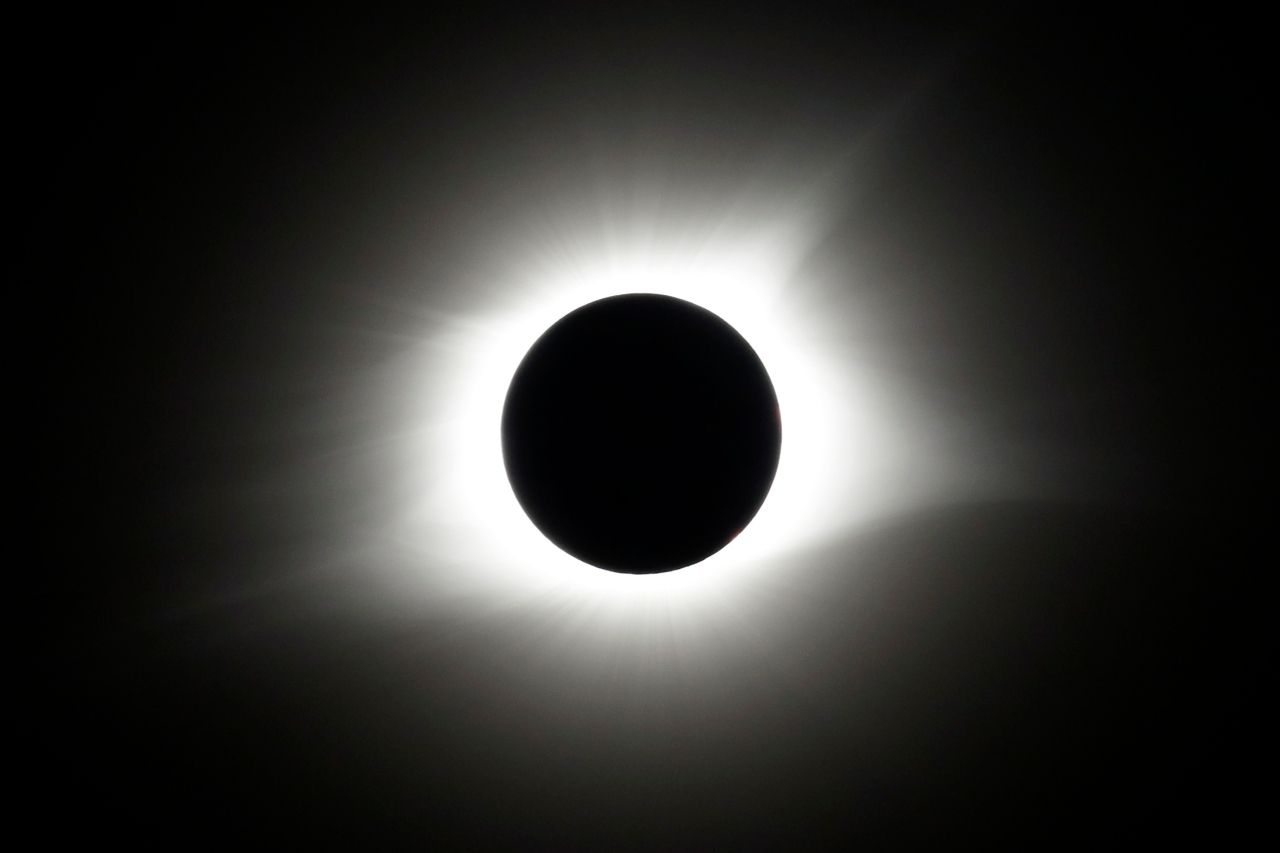Texas eclipses highlight Helioscience Big Year for NASA
AUSTIN (KXAN) – 2023 is going to be the year of the sun. Already bringing record heat to Texas, it’s all leading to two eclipses over the state.
The eclipses, an annular eclipse on October 13th and a total solar eclipse on April 8th, 2024, will serve as highlights of what NASA is calling the Heliophysics Big Year.
“This is a great kickoff for an exciting time to be talking about the sun,” said Dr. Alex Young, an astrophysicist with NASA. “It touches everything, and it has an it has an influence on the Earth, the solar system and beyond.”
The summer solstice is serving as the unofficial start date of the year. According to Dr. Young, the solstice marks the time of the year where the northern hemisphere is pointed directly at the sun.
“We’re pointed closest to the Sun, giving us the beginning of summer and the longest day of the year.”
Two eclipses soar cross Texas
The two eclipses will both cross over Central Texas, providing us a chance to look directly at the sun during the event and conduct some fun science.
During the October annular eclipse, “there still is a significant change in the light that’s coming off the sun. And that light influences the upper atmosphere called the ionosphere,” Dr. Young said.
Radio transmissions fill and bounce off the ionosphere. Dr. Young said that the eclipse makes a perfect time to study radio transmissions.
Next year’s total solar eclipse will allow for even more research. “Not only do we get an opportunity to see this outer atmosphere where all that space weather is originating, but we can also see the impact on our atmosphere.”
Five studies will be conducted by NASA during this time. The administration will also launch sounding rockets, which go up into the air, gather data and then will return to the surface.
Dr. Young also said that the time will be great for citizen scientists. “Everyone in the lower 48 states is going to have an opportunity to experience at least a partial (eclipse) and it’s just an amazing time.”
Solar activity hits its peak
The next year and some chance isn’t just marked by the two eclipses, but a period where the sun is at its most active.
“The sun has a natural 11 year cycle, going from low to high activity, solar minimum to solar maximum, and then back to solar minimum. And we are approaching this period of solar maximum.”
During a solar maximum, storms and flares on the sun are more common.
“It gives us the Aurora, but it also can create radio blackouts impacts and it creates an environment that’s hazardous for satellites and also for for astronauts,” Dr. Young said.
Dr. Young said that researching this activity is similar to researching weather on Earth.
“We have 13 new missions coming up… which are studying this upper atmosphere and near Earth environment so that we can better predict it and understand the impacts.”
Source: KXAN.com


